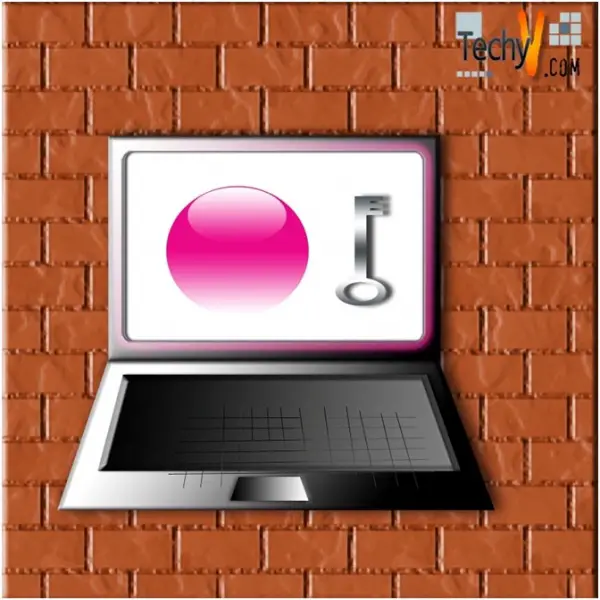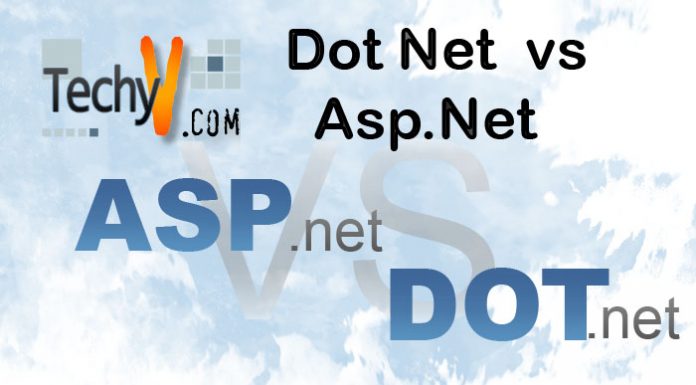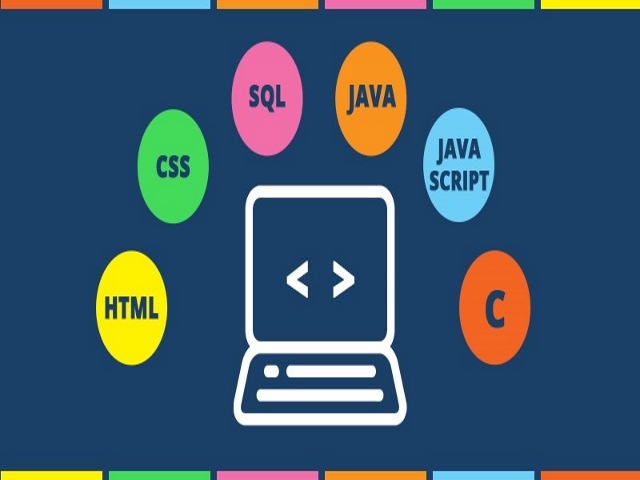Computer Programming Language: Python, Pearl and Ruby
What’s Python, Perl and Ruby?
Python is an extraordinarily dominant, vibrant, and robust programming language that is utilized within a large number of application domains. The language is generally compared to Java, Scheme, Ruby, Perl, or Tcl.
Some of its prominent features include; clarity, a readable syntax, powerful introspection competence, perceptive object direction, natural appearance of the procedural codes, supporting hierarchical correspondence, full modularity, data types are extremely superior, exception error handling, wide-ranging standard libraries along with virtual third party modules for every particular task. The modules and extensions are written in different languages such as .NET, Python, Java, C++, C. it can also be embedded within different applications.
Python is exceptionally fast and powerful. The language is extremely flexible when it comes to the powerhouse, as it can handle any problem domain practically. You can even build-up your own web based sever by encoding a three line code. It has some advanced language features and dynamic introspection competencies like decorators, duck typing, and meta-classes. You can quickly and easily write and code that you need with Python because of the support libraries and greatly optimized byte compiler. It can also incorporate with CORBA, .NET and COM objects. Python is available of all leading operating systems such as Amiga, Mac, OS/2, UNIX/ Linux, Windows and many others. It has been even running on Nokia Series 60 smart phones.
Ruby is a general purpose, reflective, and dynamic object-oriented programming language that is gathering syntax that is inspired by the Perl language with features like Smalltalk. The Ruby programming language was developed in the region of Japan during the era of 1990s. It was designed and developed by Yukihiro "Matz" Matsumoto primarily influenced by Lisp, Eiffel, Smalltalk, and Perl. Multiple programming models are supported by Ruby which mainly include; reflective, imperative, object oriented, and functional. It also has an automatic memory management and dynamic kind of system and thus, it is parallel to other languages such as CLU, Pike, Dylan, Lisp, Perl, and Python. Different operating systems such as UNIX, Windows CE, Windows Phone 7, Microsoft Window, Mac OS X, and Linux support Ruby.
Perl is a feature-rich and highly capable programming language available to developers form the last 20 years. It is extremely compatible for large-scale development ventures and rapid prototyping. It runs over more than 100 platforms ranging from portable gadgets to mainframes.
It has an integrated code that certifies to have as free of security errors, and a reduced defect density. It supports programming paradigms such as functional, procedural, and object-oriented.
Perl has numerous applications that are composed with the availability of numerous third-party modules and standards. Programmers have been using the Perl language to write the CGI scripts since the initial days of Web programming. It is also known as one of the three P’s that are PHP and Python which are the most widely used dynamic programming languages for writing different Web based applications.
Different projects written with Perl mainly include; Movable Type, TWiki, RT, Bugzilla, Slash, and cPanel. There are numerous web portals that are making use of Perl and the prominent examples include; Ticketmaster, Slashdot, LiveJournal, IMDb, Craigslist, Priceline.com, bbc.co.uk, and Amazon.com.














